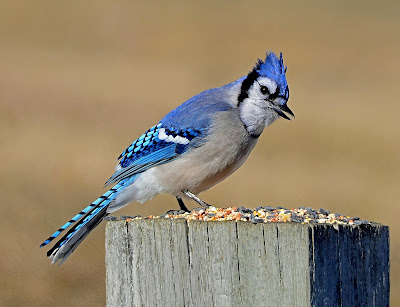Alaska's Muskeg
Visiting Alaska and its grassy bogs
July 4 2017
 |
| Muskeg gives rise to rainforest high above Warm Springs |
As soon as I could, I grabbed some bear spray and headed up a trail to the muskeg that lay above Warm Springs. One of the first things I learned is that most Alaskans call bogs "muskeg". Muskeg is the northern equivalent of a bog or fen. In case, like me, you need to know this; the difference between a bog and a fen is that a bog is not connected to an incoming lake or stream, it is fed primarily by rainwater, while a fen is connected to moving water, either above or below ground.
 |
| Butterwort flower Sue Pike Photo |
The word muskeg is an Algonquian word for “grassy bog” (the muskeg seemed more grassy to me than the sphagnum-dominated bogs around here). Muskeg is a wetland type that is characterized by peat (poorly decomposed plants that have built up and formed the underlying soil) and lots of sphagnum moss. Sphagnum moss can hold an enormous amount of water (it can hold up to 15-30 times its weight in water) and helps create an acidic, nutrient-poor environment (because the acid and the water limit decomposition) that discourages other types of vegetation from growing — leaving all that free space for the sphagnum. Carnivorous plants are adapted to this low-nutrient environment by trapping insects and extracting much-needed nutrients (nitrogen in particular) through digestive processes.
 |
| Insects trapped in butterwort leaves |
The muskeg is where I found some friends from New England. First, a beautiful little purple-flowered butterwort. Butterwort is a carnivorous plant rare to Maine and New Hampshire (but, I have found it in some of our bogs) that catches unsuspecting insects on its sticky, slimy leaves and then digests them whole. My second friend was the much more common sundew. These carnivorous plants also use their leaves to trap insects. But instead of basal, flat-lying leaves like the butterwort, the sundew has erect leaves covered with reddish tentacles that have a sticky gland at the tip. The glands produce a nectar (droplets that look like dew, hence the name) that attracts prey as well as an adhesive that traps the prey, and finally, enzymes used to digest the prey. Sundews also have specialized tentacles that can throw prey into these sticky traps in a fraction of a second.
We are also linked to the muskeg of Alaska through geology - glaciers carved out the depressions that often allowed these peatlands to form. These peatlands are unique features of our recently glaciated landscape. If you don’t know where a bog is in your backyard, check out the Saco Heath Preserve — there you can get out into some peatland and find some sundew, bask in acres of squishy sphagnum moss, and experience one of the most awesome ecosystems of the North.
 |
| Sundew in muskeg Sue Pike Photo |



Comments
Post a Comment